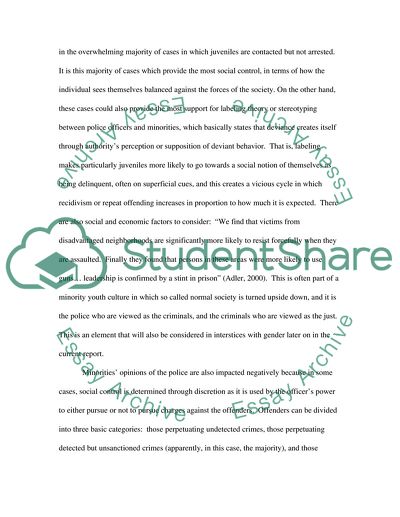Cite this document
(Theories on Race and Gender Affiliation Research Paper, n.d.)
Theories on Race and Gender Affiliation Research Paper. Retrieved from https://studentshare.org/social-science/1746458-critical-race-theories-compared-feminist-theories
Theories on Race and Gender Affiliation Research Paper. Retrieved from https://studentshare.org/social-science/1746458-critical-race-theories-compared-feminist-theories
(Theories on Race and Gender Affiliation Research Paper)
Theories on Race and Gender Affiliation Research Paper. https://studentshare.org/social-science/1746458-critical-race-theories-compared-feminist-theories.
Theories on Race and Gender Affiliation Research Paper. https://studentshare.org/social-science/1746458-critical-race-theories-compared-feminist-theories.
“Theories on Race and Gender Affiliation Research Paper”, n.d. https://studentshare.org/social-science/1746458-critical-race-theories-compared-feminist-theories.


